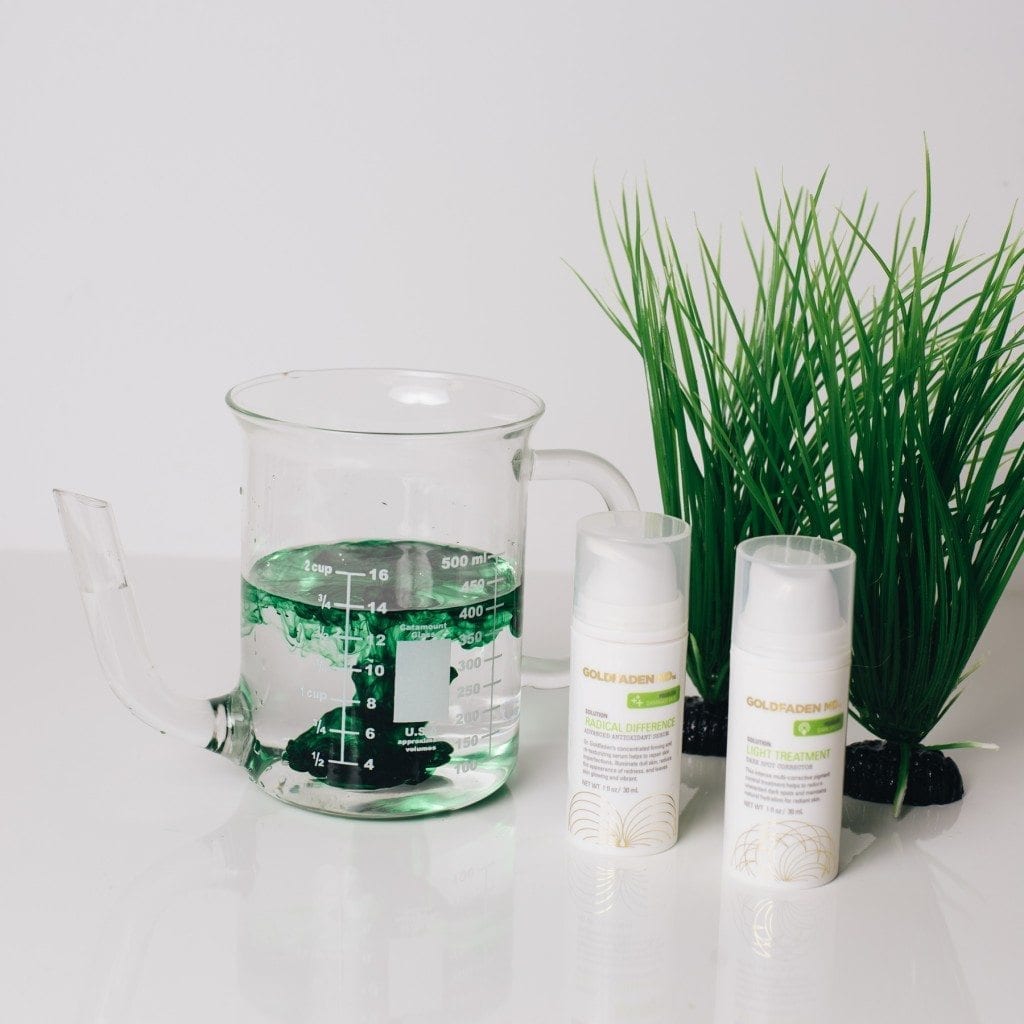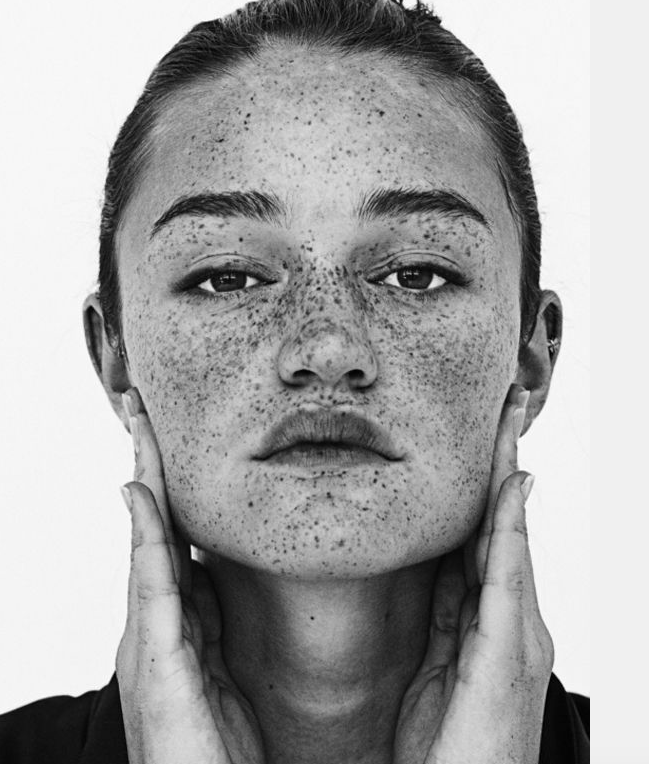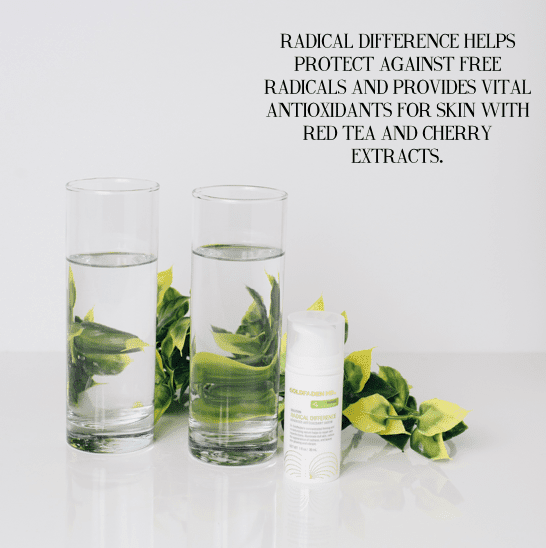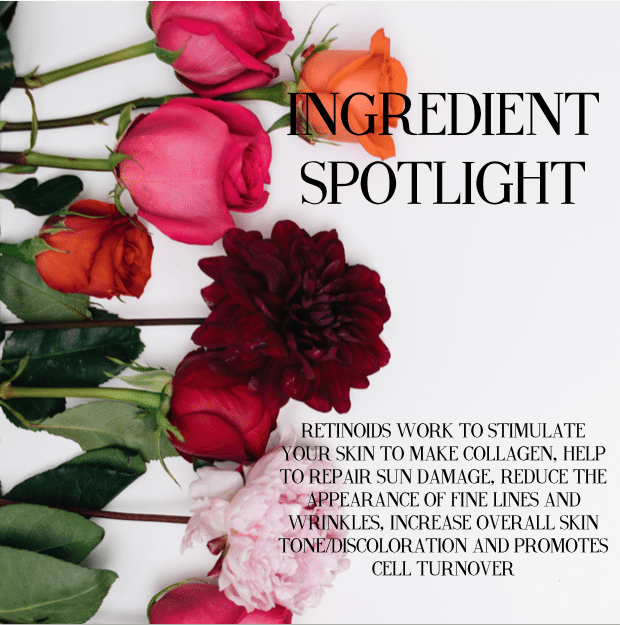With the heated Summer sun now here, we wanted to understand the most common harmful effects from UVA/UVB rays, hyperpigmentation, so we sat down with Dr. Goldfaden to better understand hyperpigmentation, what causes it and how to treat it.
A: Dr. Goldfaden, MD: There are many possible causes of pigmentation disorders, which are marked by changes in melanin, the pigment in skin.
First, you should consult with your primary care physician or dermatologist to rule out the possibility of a systemic health disorder or a cancerous lesion that requires medical treatment. Your health care provider will conduct a physical examination, examining the location, distribution, color, and ap-pearance of the areas of increased pigmentation. Additionally, the practitioner will assess the history of the condition, which will help determine whether the disorder may be due to a developmentally programmed, congenital, or acquired cause.
Your practitioner will also evaluate whether external factors, such as medications, chemical exposure, or other environmental influences, could have contributed to the increased deposition of pigment in the skin. Furthermore, the practitioner will make note of any prior history of pigmentation disorder and its treatment.
The most common localized pigmentation disorder affecting the skin are ephelides, more commonly known as freckles. Ephelides appear as flat brown pigmentation in sun-exposed areas, usually on the face. They are much more common in fair-skinned individuals, and a propensity to have freckles is an inheritable condition. The degree of pigmentation in the skin changes according to the amount of ultraviolet light exposure, so that freckles usually darken in the summer and lighten in the winter.
Q: What are the causes?
A: Dr. Goldfaden, MD
Pigmentation disorders such as melasma or chloasma arise from increased melanin in the lower layers of the skin and increased free melanin in the skin. The pigmentation is usually brown with a non-distinct border, and is usually found on the central facial areas such as the cheeks, moustache, and forehead areas. Melasma affects both men and women, though it is more frequent in women (up to 30% may be affected). Its incidence is much higher in Asian and darker-skinned individuals than in fair-skinned people. The causes are unknown, but probably include genetic predisposition, hormonal factors, pregnancy, and exposure to ultraviolet light.
Another very common skin disorder is known as post-inflammatory hyperpigmentation. The underlying mechanism is unclear, but may involve inflammatory mediators such as prostaglandins and leukotrienes. While the causes and clinical presentation of post-inflammatory hyperpigmentation can vary, they are usually secondary to a traumatic incident to the affected area of the skin. Sun exposure can worsen this condition.

Q: What is the treatment protocol?
A: Dr. Goldfaden, MD
There is no true curative therapy for melasma. Affected individuals should avoid ultraviolet light exposure and drugs containing hormones, such as oral contraceptives and conventional hormone replacement therapy agents. Skin-bleaching agents are extremely helpful in lightening melasma and maintaining skin-lightening improvements.
Topical therapies in combination with sunscreens can be quite beneficial.
Exfoliation: For enhanced results, these products should be used in conjunction with exfoliation. Regular exfoliation (chemical or physical) removes the dead surface skin cells and allows the treatment ingredients to penetrate deeper and more effectively into the skin, providing enhanced overall results.
Treatment: Many all-natural, topical skin-lightening agents have been found to be quite beneficial in lightening hyperpigmented areas of the skin. These include alpha arbutin, as well as kojic acid, which comes from berries. Topical applications of natural, fruit-derived alpha-hydroxy acids, including glycolic acid, have been extremely beneficial in combination with the aforementioned naturally derived bleaching agents.
Sun Protection: Once your physician has ruled out conditions necessitating medical treatment, you may be able to minimize areas of hyperpigment-ation using a well-rounded approach that includes avoiding ultraviolet radiation from the sun, using an effective sunscreen throughout the day to stay protected and keep additional hyper pigmentation from forming.




